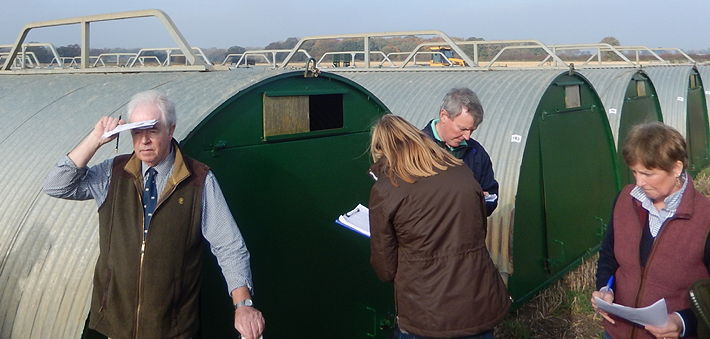Further signs are emerging that the UK pig price might be starting to escape its own version of lockdown with the SPP actually going up rather than down, rising by 0.33p to stand at 138.79p.
A much more exciting price rise has spiked the German market where the influential producer price has for the second week running taken a big upward step rising by 7.7% to 1.4 EUR, which is equivalent to 120p in our currency.
There is, however, still a significant way to go before UK prices match where they were a year ago when the SPP stood at 162.67p and cull sows were worth 120p/kg.
Wheat on the other hand was traded at £146/t then compared with around the £200/t mark today.
Despite the good news from Germany, weekly contribution prices have been slow to react with most still standing on between 130p – 133p and hopefully in the weeks ahead some of the less timid processors will actually put their weekly prices up……….we shall see.
Spot bacon prices also have a firmer feel with deals done in and around 125p/kg and perhaps a tad more in places, but they are still well adrift of the SPP.
Demand for cull sows continues to improve with bids shooting up by around 10p/kg for the second week running with prices heading towards 60p/kg.
This is despite further falls in the value of the Euro which was traded today at 86.35p compared with 87p a week earlier.
AHDB have finally found their calculators and published the latest average price for 7kg weaners which is continuing to fall and averaged £34.42/head, mainly due to a lack of rearing and finishing space throughout the supply chain.
Feed ingredients remain eye wateringly dear with feed wheat traded on the futures market at £212/t for April and £171/t for September.
Feed barley futures deals were agreed around £170/t for April and spot trades for UK ex farm feed wheat were in the £202/t region.
Protein prices are also maintaining the high ground with April Hipro soya quoted at £383/t and November – April 2022 at £364/t.
And finally, reports are emerging of some very red faces in farmers offices as they struggle to complete the recently launched Red Tractor consultation exercise which covers a whole host of issues including animal health and welfare, biosecurity, antibiotic use and husbandry – responses had to be submitted by March 5.
In addition there are some new standards and adjustments to the scheme including euthanasia of livestock, space allowances, personnel management, vermin control, traceability and insurance, biosecurity and disease control, medicine storage, transport restrictions, environmental protection, and the outdoor pig industry also has its own shopping list of required information.
Some pig producers are suggesting that the complexity of the documentation will discourage otherwise efficient and switched on business from supplying the answers that the Red Tractor scheme are looking for but perhaps a simplified version would ease this burden, allowing producers more time to focus on pig production rather than trying to interpret all of the proposed rules and regulations at once.
Whilst the general feeling is that Farm Assurance schemes need to be supported, some are saying that this should not be at the expense of looking after the pigs themselves.




